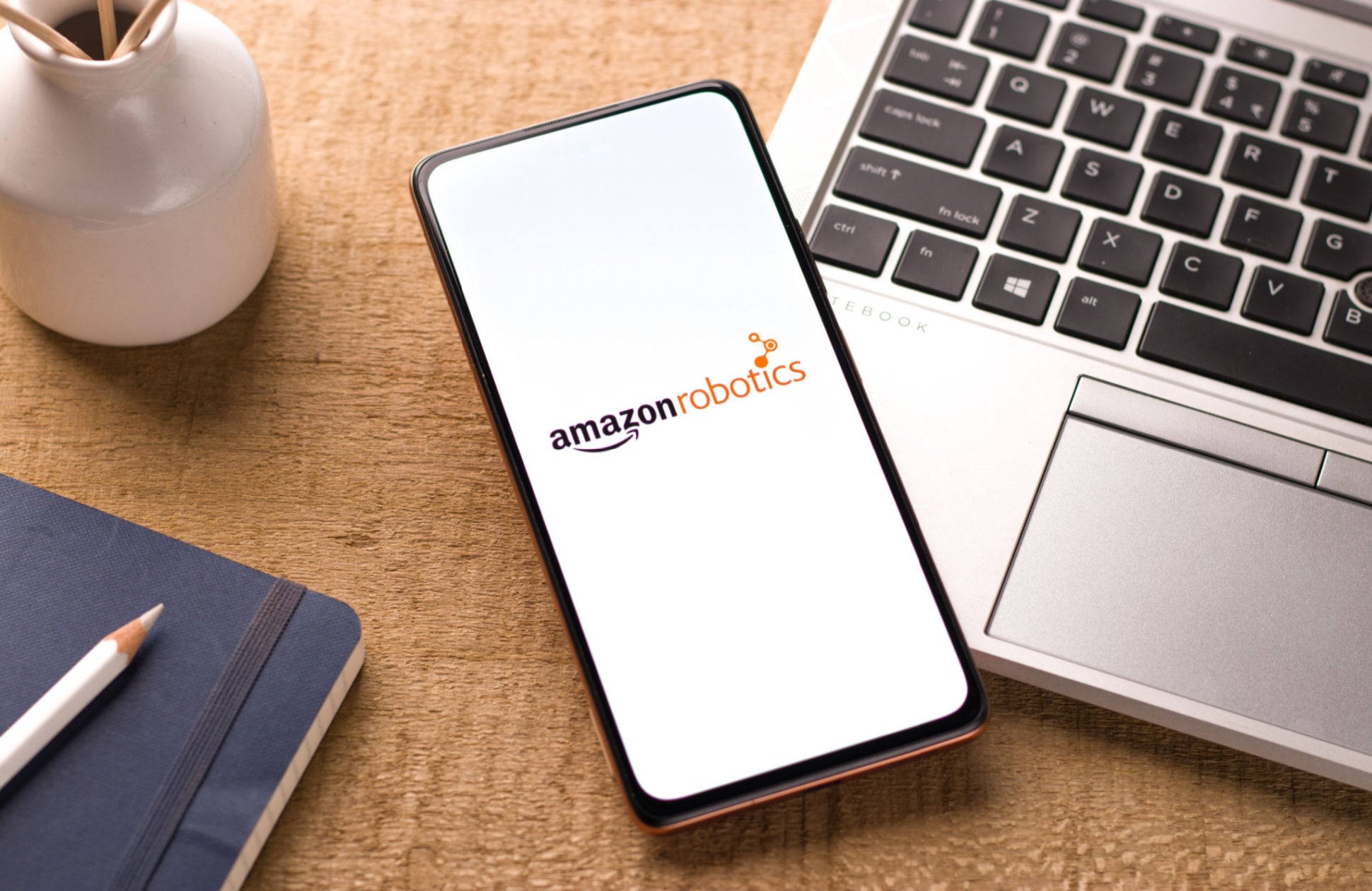Amazon kickstarted the use of robots in its fulfilment centers in 2012 with the acquisition of Kiva, a robotics company. Since then, it has continued to invest in advanced robotics to accelerate warehouse operations. Currently, there are over 520,000 robotic drive units and more than a dozen types of robotic systems across Amazon’s facilities, including air hubs and sort centers.
Amazon has deployed autonomous warehouse robots
In June 2022, Amazon unveiled its first fully autonomous mobile robot, Proteus. Safely incorporating robotics into the same physical space as human workers was previously a very difficult task. As the ecommerce sector grew rapidly during the COVID-19 pandemic, Amazon saw unprecedented demand, facilitating the need to increase the size of its operations and staff. Amazon turned to technology investment to reduce warehouse inefficiencies and create a safer working space for its large workforce.
Proteus was designed to move autonomously through Amazon facilities and around employees using advanced safety, perception, and navigation technology, and so it is not confined to restricted areas of the warehouse. According to a blog post by Amazon, its “vision is to automate GoCart handling throughout the network, which will help reduce the need for people to manually move heavy objects through our facility and instead let them focus on more rewarding work.”
Cardinal, an AI and computer vision-based robotic work cell, was also launched at the same time as Proteus. It can move packages weighing up to 50 pounds, lowering the risk of employee injuries that result from lifting and carrying heavy packages. Cardinal accelerates the process of package sorting in an Amazon facility.
Following recent pressure to reduce logistics costs, Amazon introduced Sparrow, its latest warehouse robot, in November 2022. The robotic arm uses computer vision and AI technology to identify and pick up items varying in size from shelves/ bins. According to Amazon, it is able to “detect, select, and handle” individual products in the Amazon inventory, tasks that were previously handled by human workers. Amazon stated that “Sparrow will take on repetitive tasks, enabling our employees to focus their time and energy on other things, while also advancing safety.”
Robotics in the retail sector
Robotics is a fast-growing industry, worth $45 billion in 2020 and set to reach $568 billion by 2030. It is increasingly being used by retailers to streamline their logistics and supply chain networks, reducing operating expenses while driving efficiency and accuracy. In the face of economic downturn, automation in warehouses will reduce the number of human workers needed, hence cutting costs.

US Tariffs are shifting - will you react or anticipate?
Don’t let policy changes catch you off guard. Stay proactive with real-time data and expert analysis.
By GlobalDataFollowing news of mass layoffs in the technology sector, it has been reported that Amazon is also planning to cut 10,000 jobs. In a statement after Amazon’s Q3 earnings release, Amazon CEO, Andy Jassy, said “We’re encouraged by the steady progress we’re making on lowering costs in our stores’ fulfilment network and have a set of initiatives that we’re methodically working through that we believe will yield a stronger cost structure for the business moving forward.”








